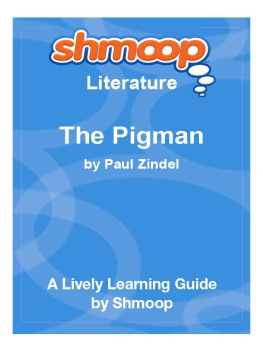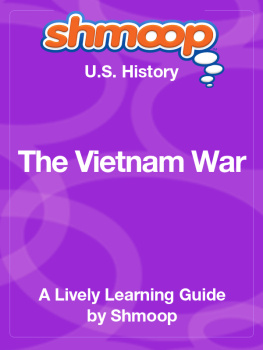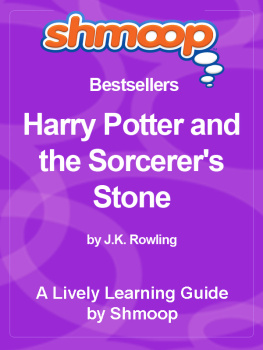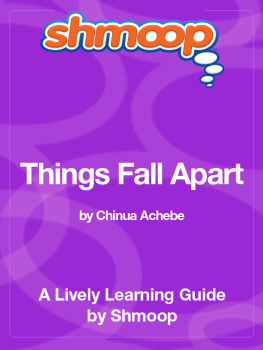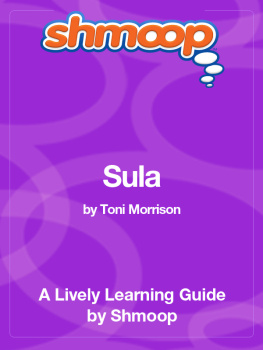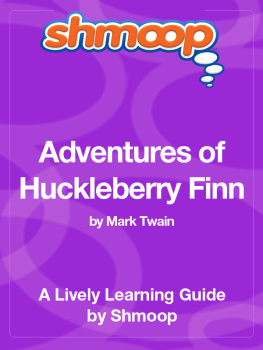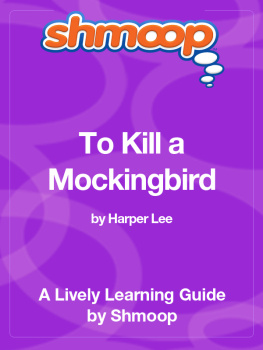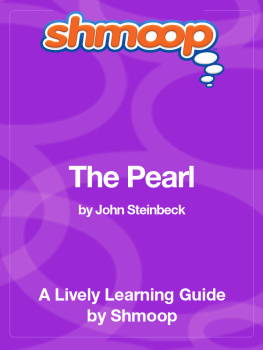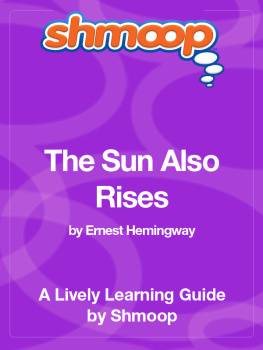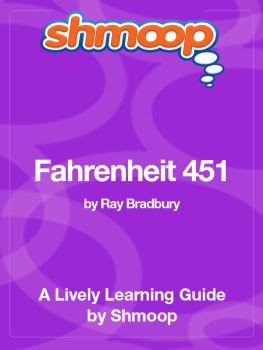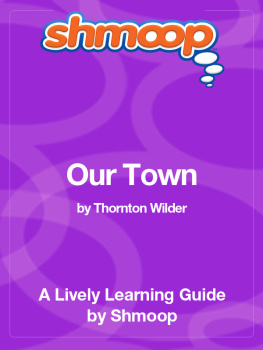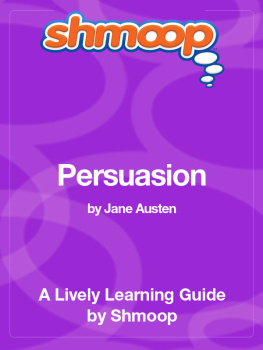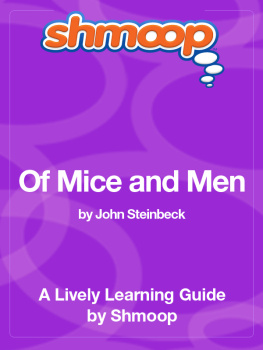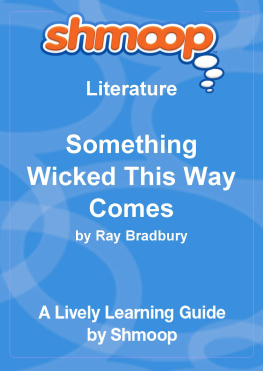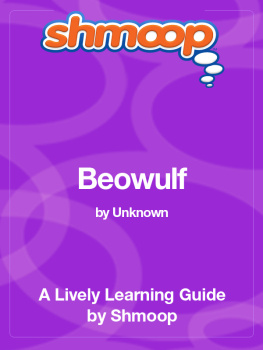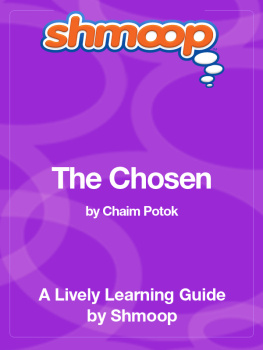
Table of Contents
In a Nutshell/Overview
Paul Zindel's The Pigman, published in 1968, was one of the first young adult books to gain a wide readership. The decade of the 1960s was a time of great change and unrest in America. This was the era of the Civil Rights Movement and the feminist movement. Young people began to question their parents' values and protested America's involvement in the war in Vietnam. A popular slogan was "Don't trust anyone over thirty." Some movies of this era, such as Harold and Maude (1971) and The Graduate (1967), like The Pigman, portray "the Establishment," the conservative adult world, as corrupt and ignorant.
The two main characters in The Pigman, high-school students John Conlan and Lorraine Jensen, are profoundly alienated from the adult authority figures in their lives - their parents and teachers. Although they reject the adult world, ironically they become friends with an older man who introduces them to his love of fun and adventure. Critics of the book point to the fact that the main characters are accomplished liars and that they cut school, drink, and smoke (John). Maybe those are some of the reasons why The Pigman was one of the most frequently banned books of the 1990s (source).
What's Up With the Title?
What, or who, exactly, is the Pigman? Does it mean "a swineherd" (someone who herds pigs) as the dictionary states? Or a 2008 low-budget horror film? (It's not related to the book, by the way.) We find out fairly quickly; in the first sentence, John refers to "this old guy we nicknamed the Pigman" (1).
But why name the book after a pet name John and Lorraine give to Mr. Pignati, the Pigman? Well, because at the end of the book, when Mr. Pignati dies, John and Lorrain agree to write a "memorial epic" about their friendship with Mr. Pignati. The story that we're reading is supposed to be their "memorial epic," dedicated to the memory of their friend. For more on Mr. Pignati, check out our discussion of him in "Characters."
What's Up With the Ending?
The ending is none too cheerful. Mr. Pignati dies on the floor of the monkey house at the zoo. Lorraine blames John and herself for his death, yelling "We murdered him!" John says that he "wanted to yell at her, tell her [Mr. Pignati] had no business fooling around with kids. [...] When you grow up, you're not supposed to go back. Trespassing-that's what he had done" (15). Why does John think this trespassing - spending time with kids and acting young - was wrong?
A few pages later, John reflects that he and Lorraine had trespassed, too, "and we were being punished for it. Mr. Pignati had paid with his life. But when he died something in us had died as well" (15). Again, this notion of trespassing. What does John mean?
After this, he writes: "There was no one else to blame anymore. [...] Our life would be what we made of it-nothing more, nothing less" (15). What is the significance of this quotation? Does it mean that John and Lorraine are growing up, learning to take responsibility for their actions?
Consider the final, haunting sentences of the novel: "Baboons. Baboons. They build their own cages, we could almost hear the Pigman whisper, as he took his children with him" (15). Who are the children? The baboons? But only one, Bobo, has died. What else could "his children" refer to?
Writing Style
Simple, Conversational
The style throughout is carried out with simple sentences that seem like they could have been part of a conversation. John writes:
Now Lorraine can blame all the other things on me, but she was the one who picked out the Pigman's phone number. If you ask me, I think he would have died anyway. (1).
"Now," "she was the one who," "if you ask me" - don't all these sound just like someone talking?
Tone
Humorous, Descriptive, Honest, Sincere
The tone of this novel is unstable, shifting with the narrator and the events being narrated. John's tone is often humorous, especially when he relates one of his misdemeanors:
Did you ever hear a herd of buffalo stampeding? Thirty-four scrawny, undernourished apples rolling up the aisles sound just like a herd of buffalo stampeding. (1)
John's tone, especially toward the end, can also be sincere. Describing Lorraine, he says, "She lifted her glass, and she was lovely" (11).
As a narrator, Lorraine is usually straightforward and sincere, but she can also come up with inventive descriptions:
Norton has eyes like a mean mouse, and he's the type of kid who thinks everyone's trying to throw rusty beer cans at him. (4)
Narrator Point of View
First Person (Central Narrator)
The point of view in this novel is really interesting; John and Lorraine narrate alternate chapters and we get both of their perspectives. We also see each of the main characters described through the other's eyes: Lorraine, for instance, can be quite critical of John. If only one of them were narrating, we would have a much different story. The first-person point of view can also be limiting: would an omniscient narrator give us a different impression of John's father, for instance?
Symbols, Imagery, Allegory
Cages
The monkeys, at the zoo, of course, are in literal cages. But nearly every character is in a metaphorical cage. John feels trapped by his father's expectation that John will become a businessman like himself; John's father is trapped in his narrow world at the Coffee Exchange; John's mother is trapped by her obsession with cleaning; Lorraine is trapped by her mother's suspicions; Lorraine's mother is trapped in her awful job; Mr. Pignati is trapped in his grief over his wife's death.
One moment at the zoo (at the bat exhibit), which Lorraine thinks is an omen, explores the cage as metaphor:
[...] a little kid about ten years old who was sitting right up on the railing and leaning against the glass of the bat cage. Only he wasn't looking at the bats. He was looking at you when you came to look at the bats. And when I came up to the cage to see these ugly blood-sucking creatures, I had to look right into this little kid's face that had a smirk on it. He made me feel as though I was a bat in a cage and he was on the outside looking in at me. It all made me very nervous. (6)
Wow! That's quite a passage! We knew Lorraine was slightly paranoid, but this is weird.
Bobo
Lorraine describes Bobo as "the ugliest, most vicious-looking baboon I've ever seen in my life" (6), and the zoo attendant who feeds him says, after his death: "Can't say I feel particularly sorry about it because that baboon had the nastiest disposition around here" (14). And yet Mr. Pignati loves Bobo, feeds him treats, worries about him, and calls him his "best friend" (6). Bobo seems to function as some sort of surrogate son, and points to the fact that Mr. Pignati is kind of fond of misfits, whether their animals (like Bobo) or humans (like John and Lorraine). John later discusses baboons as a symbol:
And maybe Lorraine and I were only a different kind of baboon in a way. Maybe we were all baboons for that matter-big blabbing baboons-smiling away and not really caring what was going on as long as there were enough peanuts bouncing around to think about- [...] baffled baboons concentrating on all the wrong things. (15)
Mr. Pignati's Pig Collection
Mr. Pignati's prized pig collection, which is hidden in a small room behind a black curtain, seems to symbolize his happy life with Conchetta. The collection got started, he tells John and Lorraine, when he gave Conchetta a white ceramic pig, to remind her of him. John tells us that there are "glass pigs and clay pigs and marble pigs" (5) - all breakable materials. When the pig collection gets smashed, this seems to symbolize the end of Mr. Pignati's life and his will to live.

